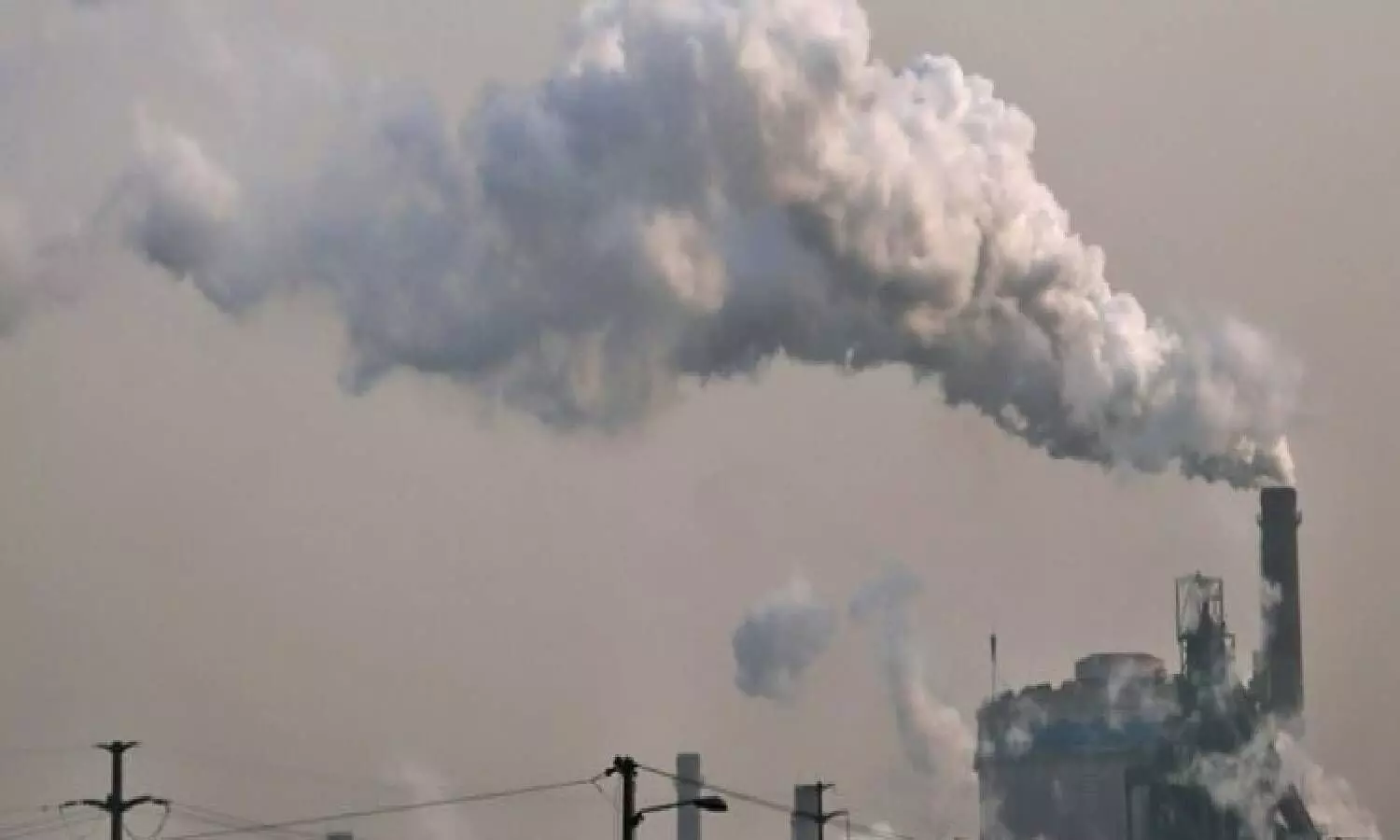Vizag air most polluted; it violates citizens' right to life: AP HRF
As per the reports, AQI in Vizag often records between 151-200. However, in reality, the AQI is much higher, between 201-300. During winter, it is hitting the threshold limit of 301 and higher .
By Newsmeter Network
Visakhapatnam: What are our elected representatives doing? Are regulatory bodies functioning? Are anti-pollution laws being enforced?
These are some of the questions asked by the Human Rights Forum (HRF) after air pollution reached an alarming level in Visakhapatnam.
"The government's failure to protect us from exposure to hazardous air in the city violates the citizens' human rights to life and health. Time and again authorities concerned have fallen short of adequately and meaningfully addressing the crisis," HRF AP State general secretary K Sudha said in a statement.
As per the reports, the Air Quality Index (AQI) in Vizag often records between 151-200. However, in reality, the AQI is much higher, between 201-300. During winter, it is hitting the threshold limit of 301 and higher (which is hazardous).
According to HRF, major reasons for degradation in air quality and the rapid increase in ambient air pollution are due to fossil fuel-powered infrastructural development, ever expanding industries, increasing vehicular density, waste burning, and construction.
The city is said to be exposed to unhealthy levels of ambient PM2.5, the most harmful pollutant which is emanating from multiple sources. "Despite this reality, officials maintain that they are proactive in meeting regulatory requirements and that they are delivering innovative solutions to improve air quality. These are hollow claims and air pollution continues to plague the city. This winter we have had one of the worst air pollution episodes in the city characterized by a constant spike in levels of illegal air pollution", said K Sudha.
In a recent study by Greenpeace India, Vizag has been listed as one of the most polluted cities in South India. The city has exceeded the permissible limits set by the World Health Organisation (WHO) and the National Ambient Air Quality Standards (NAAQS).
As per the HRF, the coal dust generated by Vizag Port Trust spreads across the city because of sea winds. In spite of intervention by the National Green Tribunal, there has been no improvement. On most days, the air in the city is hazy, trees are laden with dust, and windows and floors turn sooty. Continuous exposure to coal dust causes scarring in the lungs, impairing our ability to breathe.
"The new guidelines by WHO Global Air Quality Guidelines (AQGs) provide clear evidence of the damage air pollution inflicts on human health, at even lower concentrations than previously understood. It is now scientifically evident that even short-term exposure to low levels of PM2.5 and PM10 is linked to a higher risk of lung cancer, cardiac and brain ailments", said Sudha.
HRF said authorities should initiate effective and timely measures to combat air pollution.
HRF urged the Central Pollution Control Board to introduce new national ambient air quality standards that are in tune with the latest scientific understanding and are based on the updated WHO AQGs.